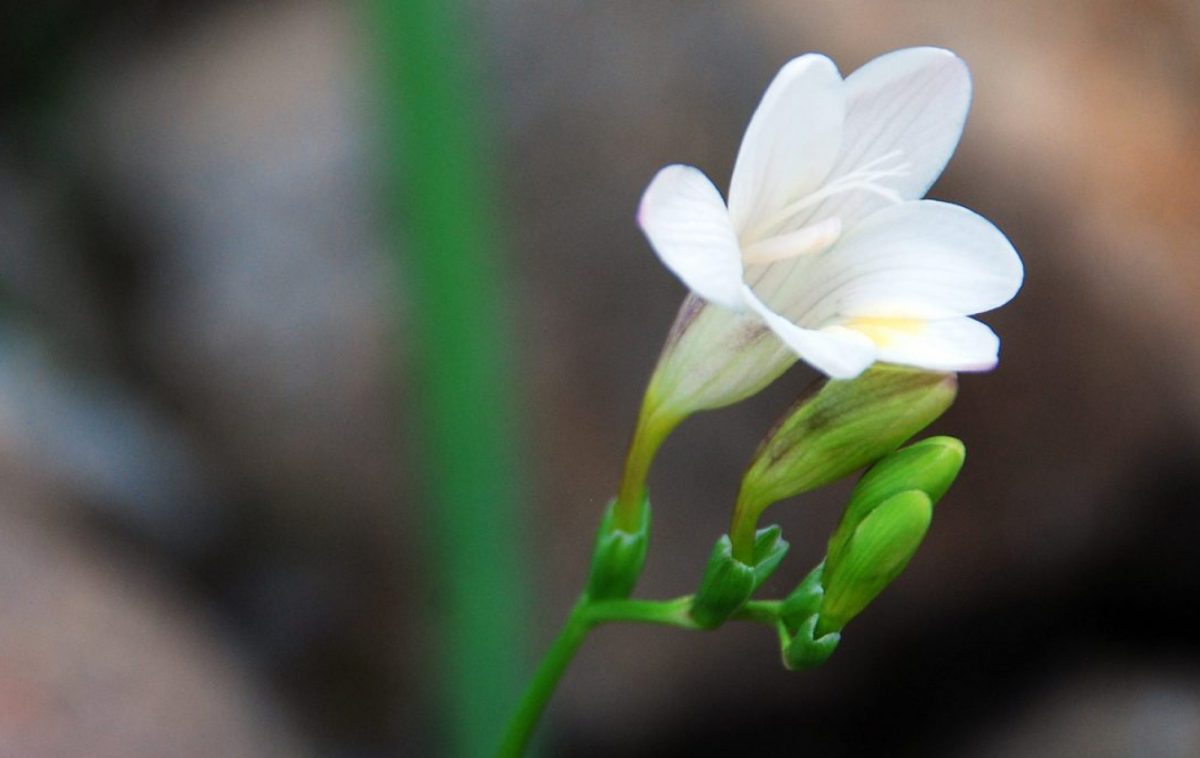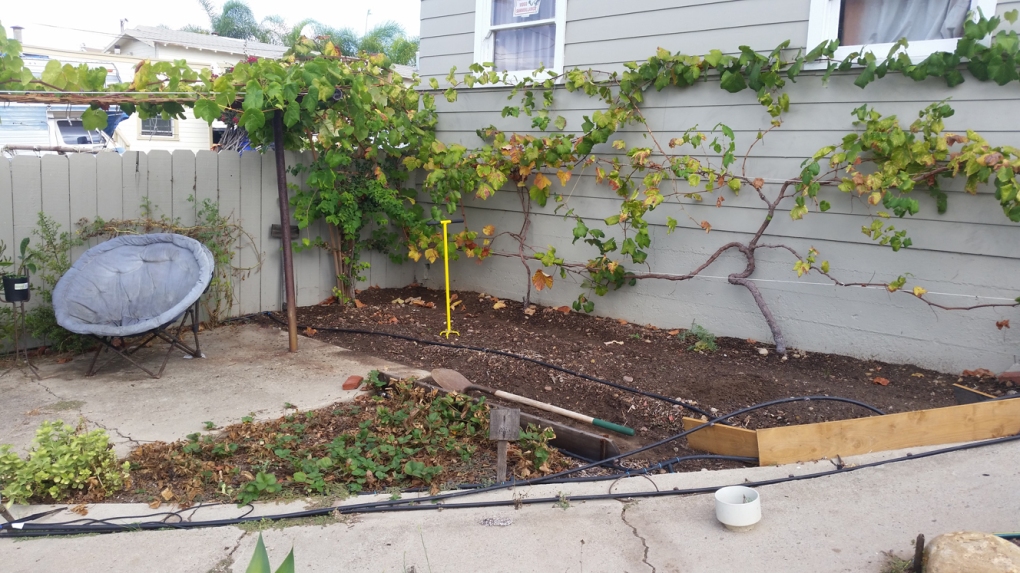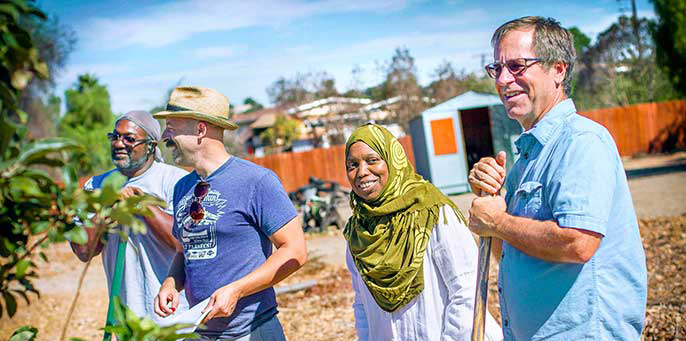Late as usual
Hello dirty minded peeps! Well, as usual, I’m a bit late in my planting schedule. I was hoping to start my winter garden last month but have been swamped with other projects. This would be a poor time for most of you out there to start with the impending frost heading your way, but to folk living in SoCal it’s a moot point! This will be the first time I’ve ever tried doing a winter cover crop that wasn’t specifically just for the dinner table.
What is a Winter Cover Crop?
A winter cover crop consists of plants that are perfectly designed to repair the soil after all the leaching of nutrients that occurred during your spring and summer growing season. Not only do they add precious nitrogen to the soil, but many of the plants roots are perfect for reaching deep into the earth to break up the soil that your normal crops can’t reach. They then pull up the nutrients to make them accessible for the next spring/summer growing season. Then all you have to do is turn everything into the soil for a perfect green manure. It’s a win win situation! For more information on nitrogen fixing plants, check out my article on legumes!
Prepping the space
So the first thing I needed to do was to get the garden ready. I was getting tired of the many rows I made before and how inaccessible the whole garden was when everything was growing madly. I decided that I wanted to consolidate everything into one, easy to get around, raised bed. I had a bunch of scrap cedar planks left over from an exhibition at The San Diego Museum of Art that were used for our Piranesi exhibit as rustic wood flooring. I used some of it to build my chicken coop, a compost staging bin as well as other yard projects. One of the many perks of working at the museum is repurposed materials!
I began by pulling all the weeds out, removing the spent summer crops and raking the soil into a pile instead of the 4 rows it used to be. I had to move the micro drip irrigation in order to do all of this.
Continue reading “Planting a Winter Garden: Soil Repair Time!”






Here’s the deal with bonsai that most people neglect. It’s ALL about trunk development.
Most people will buy a sapling of a common bonsai breed and instantly begin wiring it up or cutting the branches. This is a waste of time because in order to get that harmonious ratio in real bonsai (vs. Mall-sai, the ones you see in shopping mall booths with glued rocks on the surface), you’ll need the tree to grow rather tall to develop the right trunk thickness. Then you’ll remove the entire top of the tree anyways. Like 3/4 of it at least. So why bother training branches that will be gone anyways?
For example, a 3″ diameter trunk has to be 16″-18″ in height in the end. A 1/2″ diameter trunk, which is typically what you’ll buy as a starter bonsai in malls would have to be like 3″ tall to get that ratio right. Or else it’ll just look like an over-pruned sapling. Which it is. But the idea is to give the illusion of a real giant tree.
So, to start with a seed, I’d grow it in the yard for a couple years. Un-prunned and we’ll fertilized with nitrogen and phosphorus rich fertilizer for maximum growth.
Then move it to a 5 gallon pot after pruning back the roots for a few years. And only then should you begin training and branch placement.
That’s the fastest way by seed. You’re looking at 4 years minimum.
Orrrr, you can find a larger tree or shrub that’s already in a 5 gallon pot and already has your desired trunk thickness and begin right now.
Some folk collect field specimens that already have the age as well as the trunk characteristics they’re looking for. However, collection of trees must be done with caution whereas there are many state and federal laws to protect from that. And rightly so. Your best bet is to go to a private home owner, or the like, that are looking to thin out trees or bushes on their personal property. Get down in that dirt and check out the base of the trunk and see its potential for a final design.
I could write a book here Nikki, I’ll try to stay the course so as to not overwhelm you. I gets all excited about bonsai!
Start off with an easy species that grows quickly and can take some trial and error. Ficus is a good one, although slow growing. The Chinese Elm is great, but were I you, I’d begin with a simple jade or other similar small leaved succulent. It’ll just be so you can test out you trunk development skills and can be so abused and pruned down to a nub.
Then work your way up to an Elm or Ficus. Maples are tough and not for beginners. There are many shrubs and bushes that make awesome bonsai and are hardy and relatively easy. Get a few to tend to so you can stay busy during the long waiting periods.
As for tools, there’s tons out there. Don’t go overboard your first few years. Some fine point scissors, a branch cutter, a concave cutter and a few gauges of bonsai wire should be ample for now. You’re just growing trunks anyways right? So no need for the big kit yet anyways. But the wire and cutters can be used on your test succulents while you’re waiting for the masterpiece.
As for books for the beginner, I recommend The Bonsai Handbook by David Prescott or The Bonsai Specialist by David Squire (he talks a lot about different species). Both are great resources.
So, that said, I really hope you get into this fascinating and ancient art. It’s so good for the soul. You’re essentially dedicating years of your life to pay homage to the powerful beauty of old trees. Your sculpting with living organisms and can express yourself through them. The art will give you a great peace and focus that you can carry with you everywhere. In short, do it!
Also watch every Karate Kid movie. Mr. Miyagi (sp?) will teach you all you’ll need.
Check in with me when you find a species you want to work with and I’ll help you along.”
-James Gielow @ Mind Your Dirt
The problem is that many plants are open air pollinators and you can get hybrids that are partly genetically modified if you don’t have them in a greenhouse.
Those bees are out and about, grabbing all that pollen from your neighbors and bringing it back to your GMO free plants! The floozies!
To be 98.0023% certain, you’d need a greenhouse that has its own pollinators trapped inside and make sure none get in from the outside. Then you’ll have real heirloom tomatoes. I’d set up a wall of lasers around the perimeter too!
If you’re looking to let them go to seed and then store the seed, that’s the only real way to do it. I always let some of my “crops” go to seed if I like them, it’s a great practice and investment.
GMO’s are like Pandora’s box, it’s open and it’s out there. No escape! But think about it, since the dawn of agriculture, all crops have been genetically enhanced by man through selective breeding . Just like the wolf or jackal has been transformed into a yapping chihuahua. It’s what we do to breed in desired traits and breed out the undesirable ones.
What we as health conscious farmers want to avoid are the insane pesticides and the GMO crops that are altered to harmonize with these poisons. That’s the real danger with GMO’s and that’s what is thought to be killing off the bees. No pollinators, no food.
In parts of China, due to pollution, there are farmers that hire people to climb up their trees and pollinate manually. Crazy right? A bunch of little ladies with Q-tips up on ladders. We may soon be joining them!
In the meantime, get some heirloom seeds so at least your starting out with the best statistical shot you have. If blooming or fruiting is a problem, try adjusting your nitrogen/potassium ratios depending on the species. If you have space, as well as distance from the neighbors, you might want to consider housing your own pollinators as well. Like the bees that lived in your old farm house walls. They still get out and about, but at least they’ll start working on your heirloom non GMO plants first.
I’ll do some more research and see what kind of article I can put up with you in mind.”
-James Gielow @ Mind Your Dirt